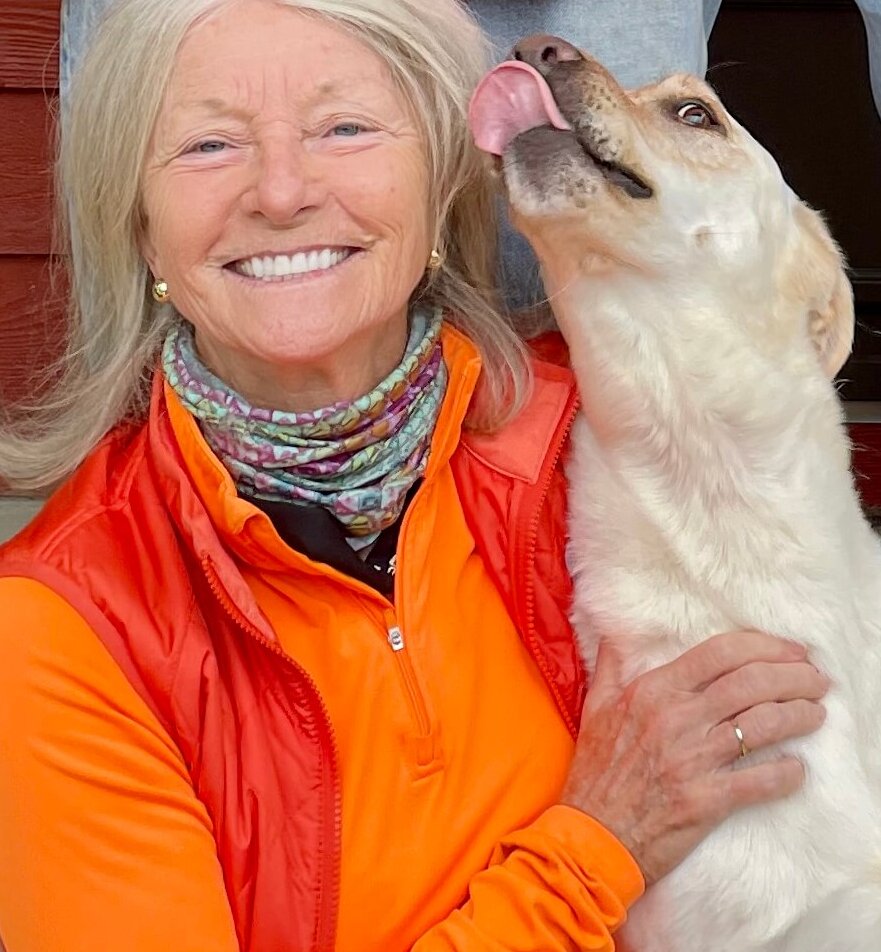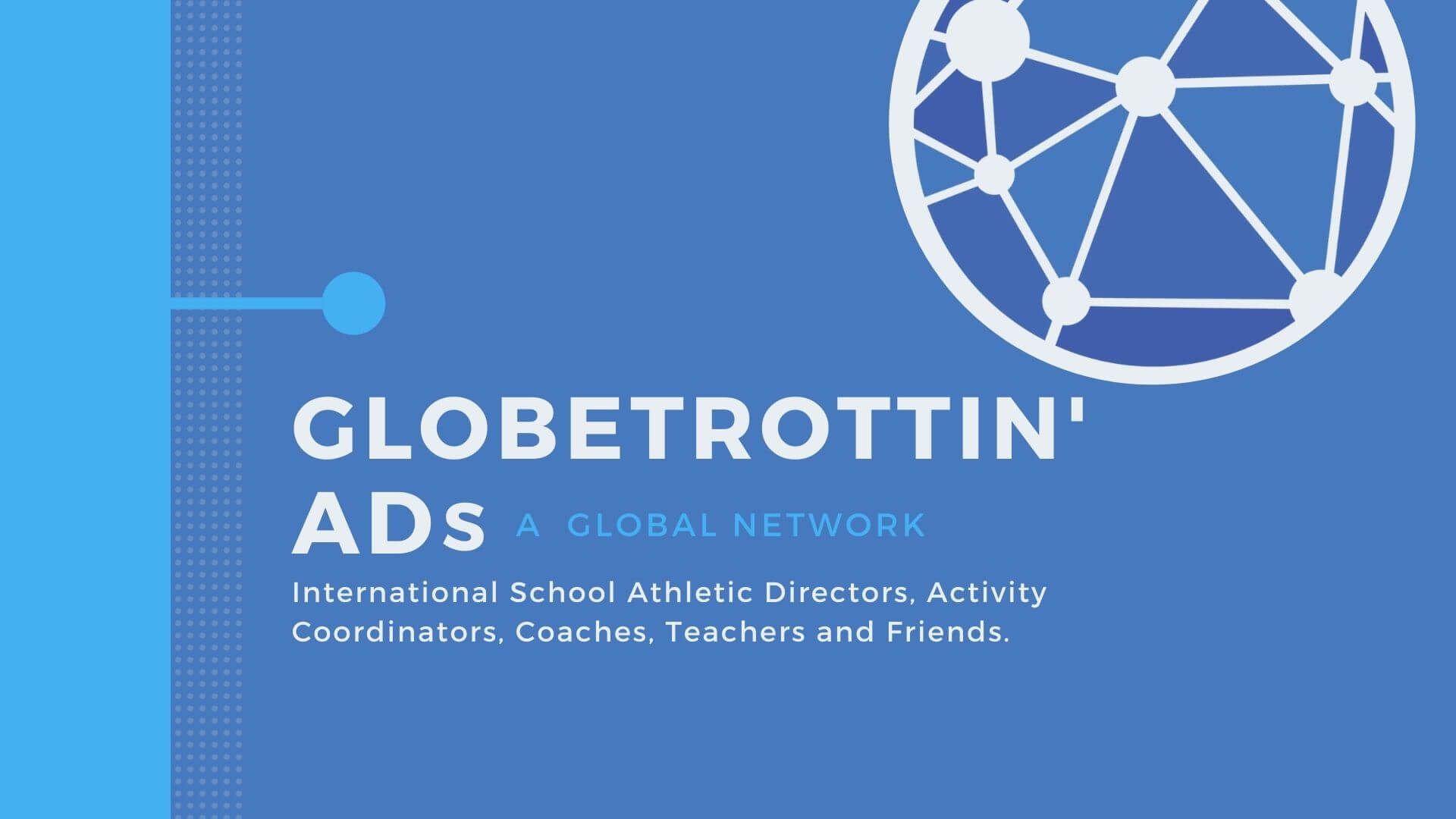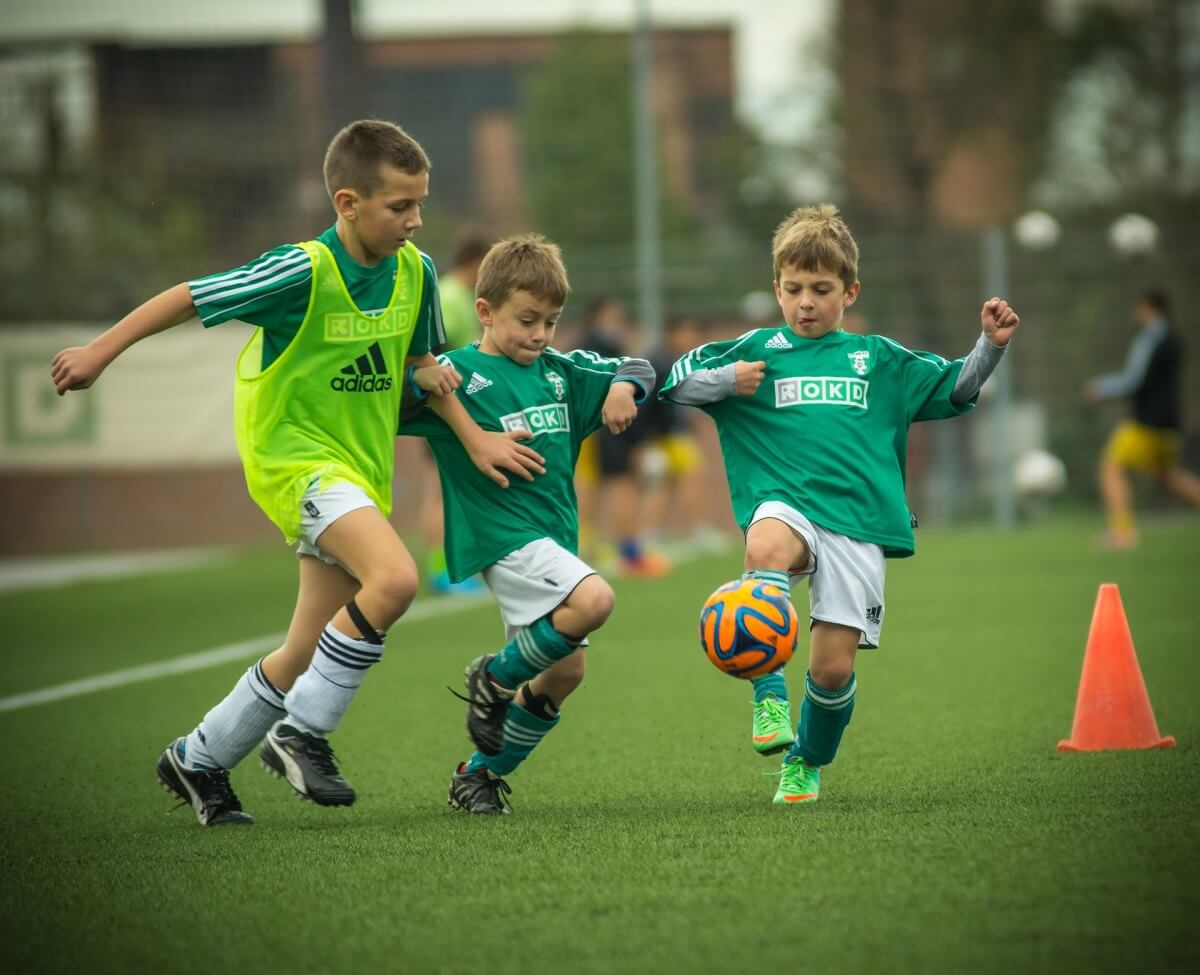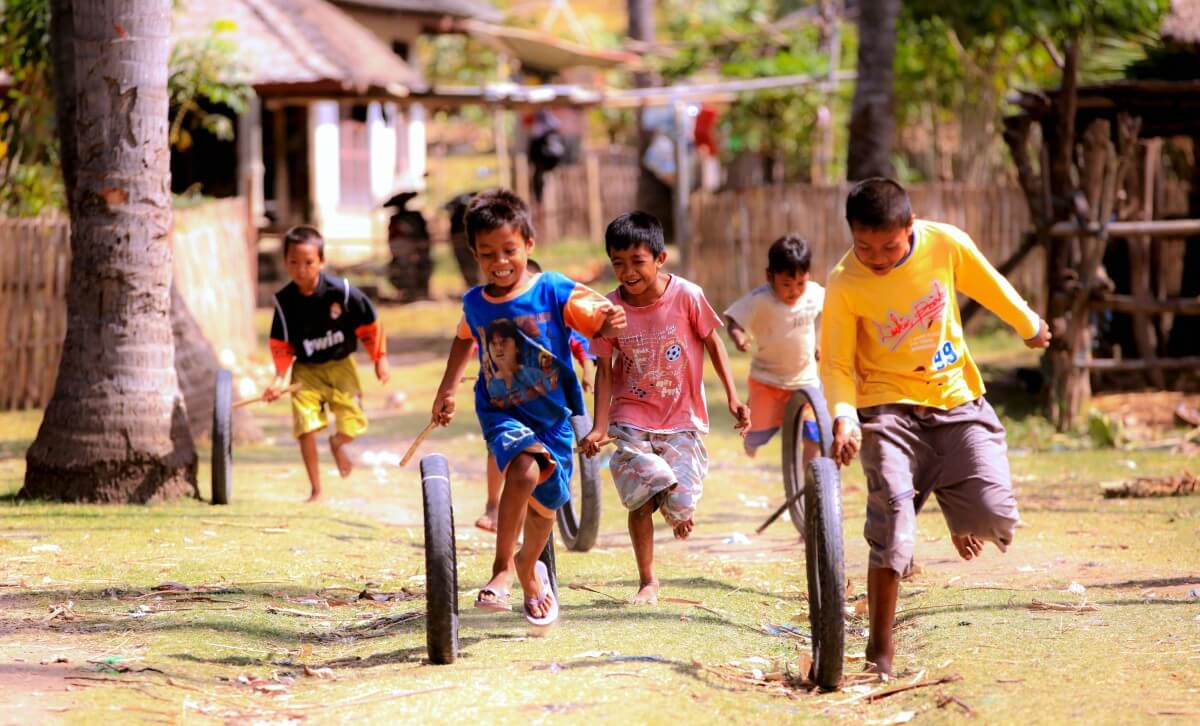[2 Part Series]

(Editor’s Note: The following is a 2-part series sharing the personal reflection of the author’s life in sport and education. The author is WomanCoach).
Part II. It Comes From Within
[2 Part Series]

(Editor’s Note: The following is a 2-part series sharing the personal reflection of the author’s life in sport and education. The author is WomanCoach).
Part II. It Comes From Within
[2 Part Series]

(Editor’s Note: The following is a 2-part series sharing the personal reflection of the author’s life in sport and education. The author is WomanCoach).
Part I. Runs Like a Boy (1950’s)
[2-Part Article Series]

(Editor’s Note: The following is a 2-part series sharing the personal reflection of the author’s life in sport and education. The author is WomanCoach).


The positive link between athletics and academic performance has been proven over and over again. However, in schools around the world, it is still commonplace for student-athletes to hear from teachers that they need to make a choice between athletics and academics. Student-athletes may hear, “You cannot get the grades you want if you play on the basketball team” or “You will not have enough time to get your homework finished with so many practices and games.” On the flip side of this, the same student-athletes may hear from their coaches that they can do both successfully, but with some requirements: solid time management skills and realistic goal setting. Are our students like a tennis ball in a tennis match, being hit back and forth between teachers and coaches?
For some of our students, athletics is their only way forward. For those students that have their sights set on a top-notch university, they are sometimes told that athletics is one thing that can stand in their way of achieving their academic dreams. Athletics can be the only highlight of the day for some of our students and the only reason they continue to come to come to school. So, how as educators and coaches can we better connect athletes and academics so students see the advantages of both? Highlighting the important connections between athletics and academics was one of the goals of the Globetrottin AD’s Student-Athlete Leadership Conference but there were a whole lot more.

Purposeful competition has the potential to be one of the most growth-enhancing experiences for youth. The tragedy is that sports and other forms of contest have as much potential for harm as benefit, and relatively few coaches and physical educators have been prepared with the knowledge, training, and skills needed to avoid the pitfalls and guide youth toward purposeful competition.
What is purposeful competition? In short, it is competition at its best. To elaborate, it is useful to consider the two key terms: purpose and competition. Purpose, according to the developmental psychologist William Damon, is “a stable and generalized intention to accomplish something that is at once meaningful to the self, and of consequence to the world beyond the self” (Damon, Menon, & Bonk, 2003, p. 121). Well-designed sport experiences, which facilitate long-term goal development and “beyond the self” thinking, can provide a rich and valuable template for purpose formation.

It is with sadness that we share the news that Professor Daryl Siedentop passed away July 15, 2021. Our friend and colleague Daryl Siedentop was born on July 28, 1938. The love of his life Roberta (Bobbie) Siedentop was a primary physical education teacher whom Daryl met while she was studying at Ohio State. They were happily married for 44 years taking care of their many dogs, Bobbie’s horses, and their homes in Columbus and Pinehurst. In recent years, as Daryl’s health deteriorated and his memory failed him, Bobbie lovingly cared for him. Despite the challenges, she found ways to ensure his life was as comfortable, meaningful, and happy as his health circumstances allowed. She has kept in touch with his friends and former students. And she kept friends and colleagues abreast of their lives via Christmas cards, photos, emails, and phone calls. It has been her loving way of paying tribute to the joy Daryl got from connecting with, hearing from and reading about the lives and achievements his former colleagues and doctoral students.
Daryl spent most of his professional career as a Professor at The Ohio State University. While at The Ohio State University, he recruited a team of young faculty, not only creating a powerful team of pedagogical teachers and researchers in physical education and resulting in friendships that have lasted a lifetime. He was highly regarded for his outstanding leadership of and service to the College of Education at Ohio State including being appointed senior associate dean of the College of Education and as interim dean of the College of Education. After retiring, Daryl assumed initial leadership of OSU’s new P-12 Project, a university-wide outreach initiative to support urban school improvement in Ohio. In 2005, he accepted an appointment as research professor and director for the Teacher Quality Partnership, a consortium of Ohio’s 50 colleges and universities designed to enhance teacher quality and ensure highly qualified teachers in every classroom.
Daryl was one of the founding fathers of Sport Pedagogy in North America. His scholarly contributions to Sport Pedagogy and Physical Education Teacher Education, in particular his mentorship of more than 80 doctoral students, leaves a legacy to our scholarly community. He was one of the world’s leading authorities on Sport Education for children and youth and is its most influential scholar in the analysis of teaching effectiveness in physical activity settings. Daryl’s contributions to Physical Education cut across four key themes (Play Theory, Sport Education, Physical Activity Policy and the US National Physical Activity Plan, and Physical Education teaching and teacher education research). His mentoring and research with colleagues and doctoral students brought him much pleasure and many lifelong friends. He so much enjoyed hearing of the achievements of those scholars, and several were privileged to co-author articles and textbooks with him.
In the early 1980s, Daryl created the Sport Education model and published his first book on the subject, Sport Education, in 1994. He consulted in the 1980s with the New Ministry of Education in New Zealand as they introduced Sport Education as a cornerstone of their Physical Education curriculum. He is also the author of several books on physical education, curriculum planning, and sport coaching. In recognition of his scholarly contributions, in 1979, Daryl was elected a Fellow of the American Academy of Physical Education (later to be the National Academy of Kinesiology). He earned the 1984 International Olympic Committee President’s Award (Samaranch Award), which is the highest honor for work in Sport Pedagogy.
(2 Minute Read)

Without a doubt, physical education has had a tough go, just like every aspect of life within the past 18 months. While the school year lent itself to many challenges, there are two big takeaways from this past everchanging school year that I will use to improve my teaching practice as education returns to normal, hopefully very quickly…
(1) Student Choice Was Key
Whether it was full virtual instruction, hybrid, or full in-person instruction the best adjustment I could’ve made to our classes was giving students the choice of which workout they could do. As local restrictions heavily limited what we could do in class; the bulk of activity in PE classes was bodyweight exercises. Students definitely missed the cooperative games along with competition and made no reservations letting me know that. In order to create some buy-in to the class activities, I went to a choice model (Shawley, 2014). While fully online Students could choose between workout A or workout B for each day of the week, upon returning to the building, when the entire class was completing the same Bodyweight workout, I would give students 4-5 slots to perform an exercise of their choice. This allowed students some individual freedom that they weren’t really able to have throughout the full virtual or even hybrid experience.